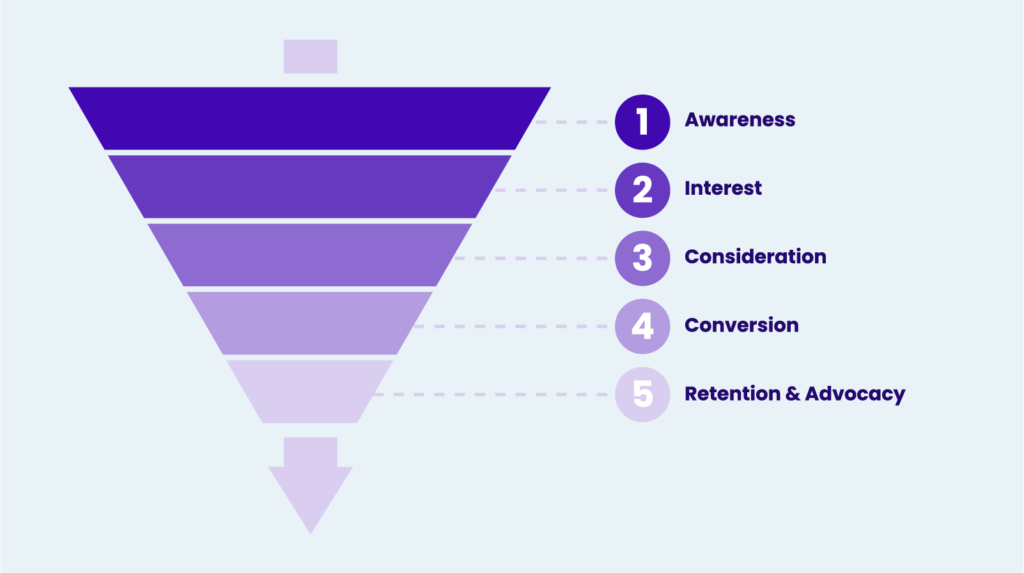How to Map Your Ecommerce Customer Journey [Template Included]

We’ve discussed how the customer journey impacts sales, service, and marketers.
But one segment that feels different is the ecommerce customer journey. The customer journey is different from service-based companies because it can be much quicker (buying from Amazon or an Instagram ad).
However, if you work at an ecommerce company, it’s important to understand the customer journey: all the touch points and stages. Below, let’s learn how to map your ecommerce company’s customer journey.
Plus, you can download some templates to help you get started.
Touchpoints can include when someone sees a social media ad, when a friend tags them in a post online, when they come across your website when they read your blog posts, when your product shows up on Google, when they search on Amazon, etc.
The ecommerce customer journey includes the path from when they first contact you to when they purchase your product to if they reach out for a return.
Writing down these touchpoints might make you realize that the journey on your website isn’t ideal. If that happens, you can look for solutions to help you, like WooCommerce (a WordPress plugin).
1. Awareness
The first stage of the ecommerce customer journey is awareness. During this stage, a potential customer is experiencing a problem and is researching to understand their problem.
They see if it has solutions, overcome misconceptions, and prioritize solutions.
2. Consideration
In the consideration stage, potential customers research products and methods to solve their problems in the consideration stage.
For example, let’s say that I want to start a morning routine. I do some research on Google and see a few ads on social media, then realize I want a morning routine journal.
Now that I know what I want to buy and how to fix my problem, it’s time to research solutions. I’ll go to Google and Amazon to see what morning routine journals are available and which have the best reviews.
3. Decision
During this stage, potential customers are now narrowing their list to the top products they want.
This is when they’re learning what makes your product stand out from the competition and why your product is the one they need.
During this stage, it’s essential to understand the various touch points to communicate what makes your product unique.
4. Retention
For ecommerce, I’ll add one more stage to the customer journey. That stage is retention.
After a customer buys your product, their experience and decision to purchase from you again rely solely on the quality of your product and customer service.
Let’s say the package was missing, delivered to the wrong address, or they want to return the product. They won’t buy from you again if that experience fails. They’ll probably consider leaving a positive review if it does go well.
In this stage, consider retargeting marketing and social media ads so more of your products show up for them online. Once you’ve delighted your customers, they see you show …read more
Source:: HubSpot Blog










